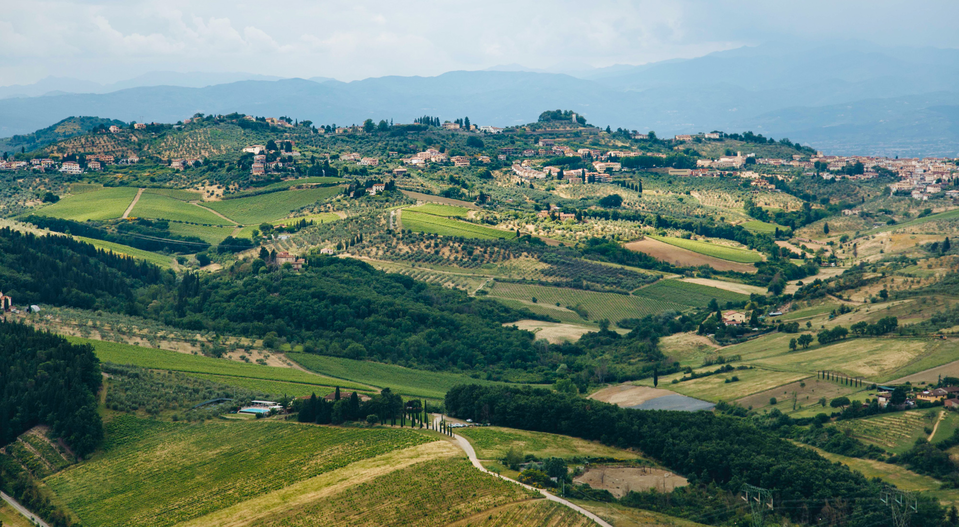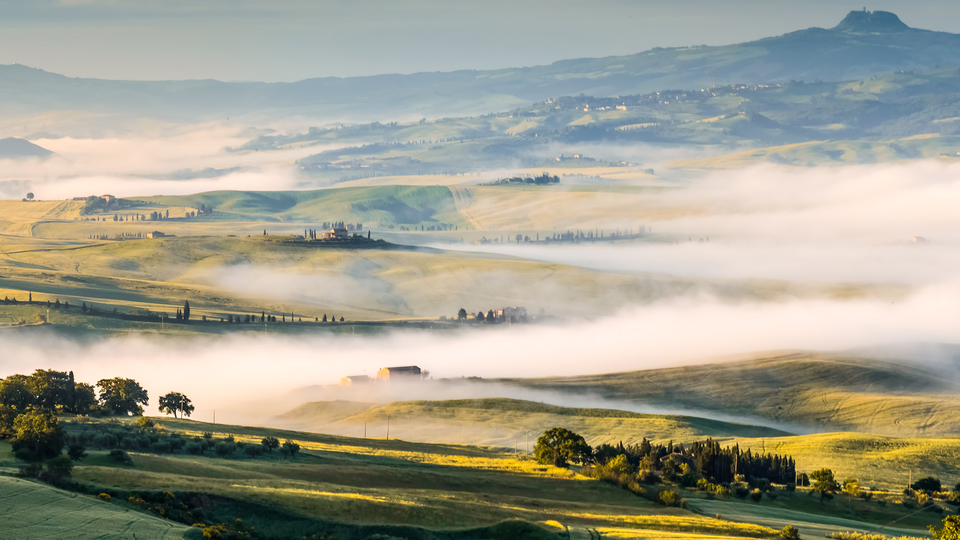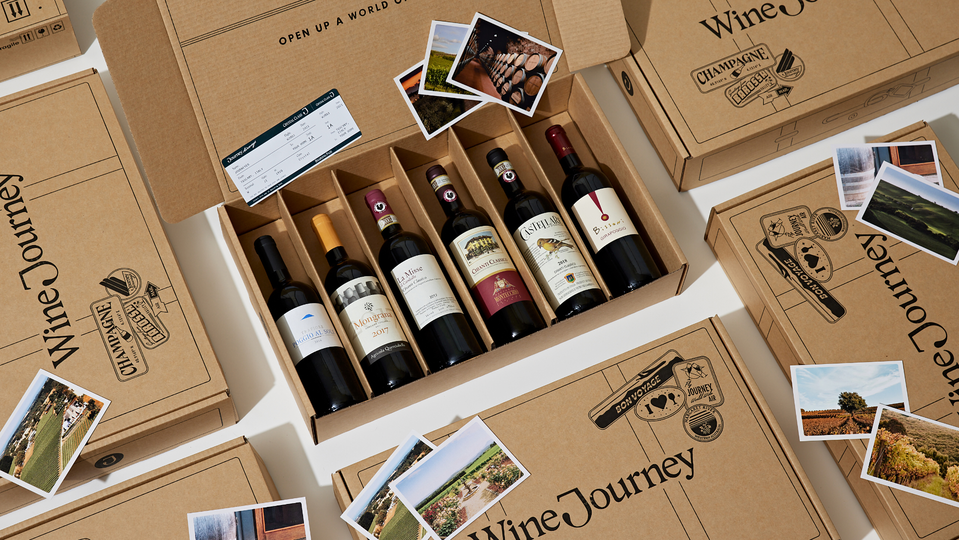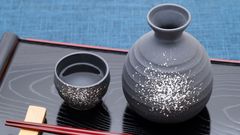Tuscany uncorked: Inside the wine region’s renaissance
The tiered hills of Tuscany have many a wine story to tell...
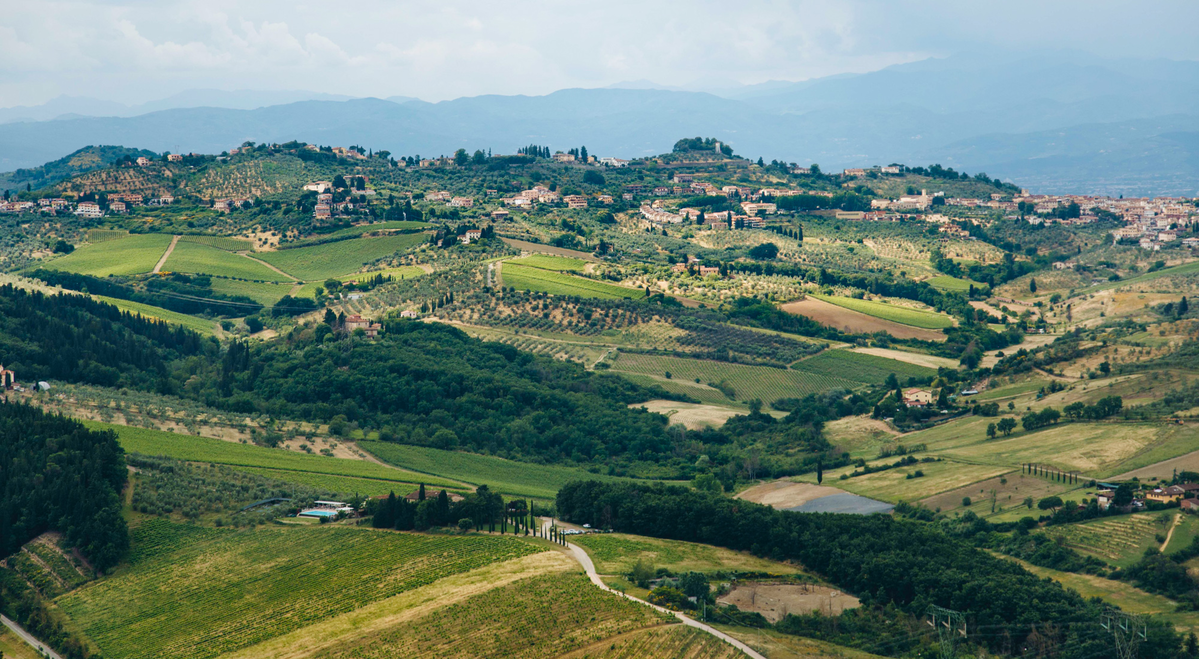
Italy positively sings of romance. The click of cobblestones, golden light on rolling hills, ivory villas overlooking azure seas, crumbling stone castles that call to a bygone age: it’s a land with roots in the Roman era, a culture inextricably entangled with many of the most famous figures in world history, from Julius Caesar to Michelangelo to Leonardo da Vinci.
Its winemaking record mirrors this ancientness – researchers discovered 6,000-year-old wine in the cool depths of a Sicilian cave back in 2017 – and yet the source of much of the country’s (and particularly Tuscany’s) current wine reputation stems from surprisingly recent decades.
In the 1960s, Italy’s mezzadria system came to an end, and the land reverted to the ownership of the sharecroppers who’d long worked its fields.
They became vintners by trade, but a lack of knowledge of how to produce quality wine conspired with rampant sub-par clones of the country’s signature Sangiovese grape to produce a winemaking regime riddled with poor expressions of Italy’s potential.
This quantity-over-quality paradigm was further burdened by the laws of the time, which allowed up to 30 percent of Chianti wines to comprise white grapes.
As winemakers watered down their vino with the likes of Trebbiano Toscana, the global perception of Tuscany plummeted, becoming synonymous with low-quality table wine.
Meanwhile, amidst the sun-baked castle turrets and gently sloping seaside vineyards of Bolgheri – a spectacularly scenic municipality of Livorno that’s well worth a visit – the pioneering winemaker Mario Incisa della Rocchetta broke free of regional convention.
With the help of legendary viticulturist and grandfather of the Italian wine renaissance Giacomo Tachis, Rocchetta created the wine that sparked a revolution: Sassicaia, made from Cabernet Sauvignon and Cabernet Franc and otherwise known as the original 'Super Tuscan'.
Super Tuscans are wines crafted by intuition – by cultivating varieties best suited to a particular terroir rather than simply those native to the land.
But back in the ‘60s and ‘70s, this departure from indigenous Italian grapes was unheard of (nay, scorned), which meant that the passionate band of winemakers who followed Mario’s cue incurred the wrath and resentment of many of their peers.
They also felt the sting of being outsiders quite literally in their pockets. Because this new wave of Tuscan wine fell outside the parameters of the law, Super Tuscans were classified as ‘vino da tavola’ – aka table wine, the lowest rung on the Italian classification ladder.
But the superior quality of Super Tuscans couldn’t long be denied.
Rather quickly, the cadre of Tuscan winemakers who stepped in behind Sassicaia – including Mario’s son Marchese Nicolò Incisa della Rocchetta and his nephew and famed winemaker Piero Antinori, who both had a hand in convincing the elder Incisa della Rochetta to unleash Sassicaia on the world – succeeded in rejuvenating the worldwide reputation of Tuscany and even in achieving a new legal classification called Indicazione Geografica Tipica (IGT). Today, Super Tuscans are a staple of the Italian wine landscape, flourishing at legendary houses like Antinori, Querciabella, and Tenuta San Guido (birthplace of Sassicaia), all of which you can and should visit whenever you find yourself in Tuscany. The oenological embodiment of rebellious spirit and innovative thinking, these remarkable reds marry the country’s trademark Sangiovese with famed fruits including Cabernet Sauvignon, Cabernet Franc, Merlot, and Syrah, which all thrive under the humming heat of the Tuscan sun. Sample the fruits of Italy’s wine renaissance and plant your taste buds right amongst the spectacular Tuscan terrain with Wine Journey’s Tour of Tuscany, a true 'wine adventure-in-a-box'. This Journey is expertly curated by winemaker James Scarcebrook who has worked vintages with various Tuscan producers and comes complete with six wines, maker and destination notes (in the form of post cards), with knowledge tapped straight from the locals. Each bottle in the Journey case serves a specific purpose – whether it’s familiarity, intrigue, or wonder – and you won’t find any tourist traps. You'll discover only the finest wines from passionate, talented producers, showcasing different regional facets through the lens of well-known icons, the wine road less traveled, and the occasional delightful detour to help you expand your wine horizons.Discover the taste of Tuscany
